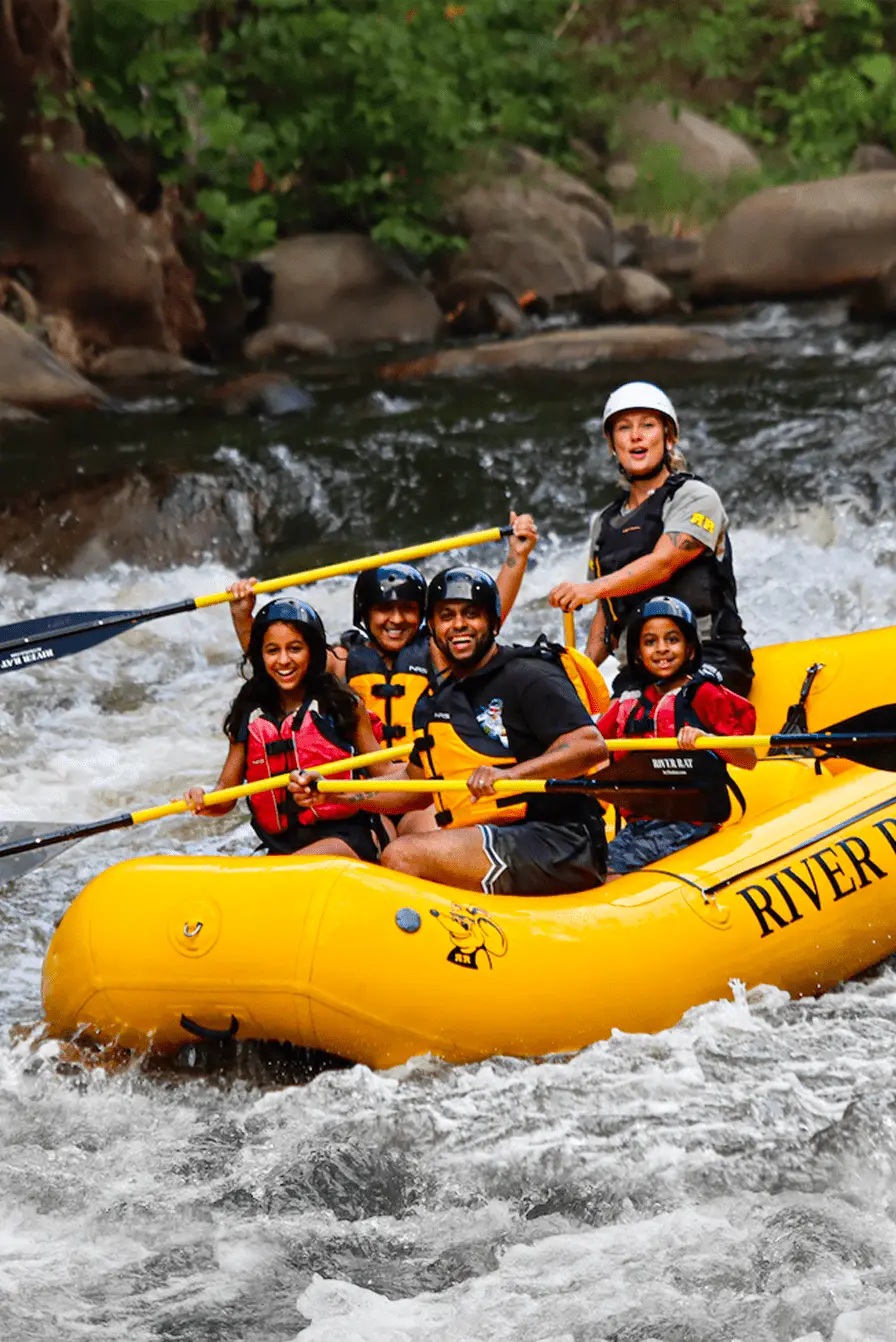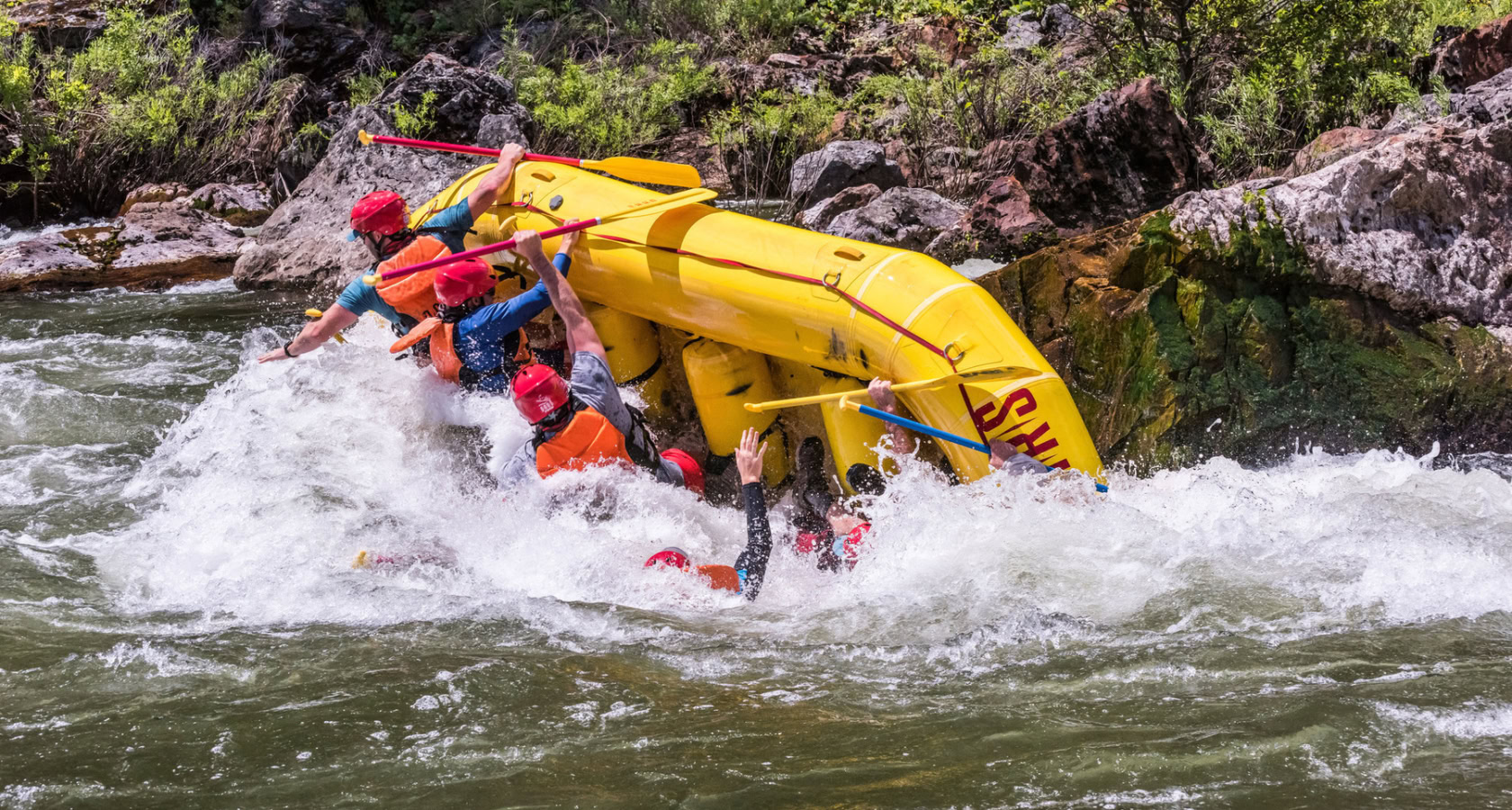Pick Your White Water Rafting Colorado Experience Bundle Now
Necessary Skills for Water Rafting
Understanding the art of water rafting requires a mix of accurate abilities and understanding to browse the unforeseeable currents of rivers, making it a thrilling yet possibly harmful task. As lovers prepare to start their following adventure, it is critical to furnish oneself with important expertises that go beyond simply paddling. From recognizing the ins and outs of river characteristics to swiftwater rescue techniques and smooth group communication, the trip down the river requires a blend of expertise and versatility. With safety procedures acting as a cornerstone, individuals are encountered with a complex obstacle that demands a precise technique and steady focus.
Paddling Techniques
Understanding effective paddling methods is important for navigating water rafts securely and successfully. One essential method is the forward stroke, where paddlers dip the blade fully into the water and draw it back along with the boating to produce propulsion.
Aside from the forward stroke, the draw stroke is essential for making fast modifications or pulling the plethora better to an item. By placing the paddle blade vertical to the water's surface and drawing the water in the direction of the raft, paddlers can effectively transform the vessel's direction. The backstroke offers as an important tool for backing up or reducing down the raft when required.
River Reading
Reliable paddling techniques, such as the forward stroke and draw stroke, play a vital role in translating and navigating river currents, an ability known as river analysis. River reading entails the ability to analyze the speed, deepness, and direction of the water flow to make enlightened decisions while browsing rapids. By understanding just how the water moves barriers and through various networks, rafters can choose the most effective route to safely go across the river.
Eddies, for instance, are locations where the water moves in a round activity, often offering chances for rest or tactical maneuvers. Hydraulics, typically understood as "holes," are areas where water recirculates back upstream, presenting possible risks to rafts.
Mastering the skill of river reading is vital for satisfying and risk-free rafting experiences, allowing paddlers to navigate challenging waters with self-confidence and accuracy.

Swiftwater Rescue
Comprehending swiftwater rescue strategies is essential for water rafting lovers to react effectively in emergency circumstances on fast-flowing rivers. Swiftwater rescue entails a collection of specialized skills and knowledge focused on securely removing people from swift-moving water. One key aspect of swiftwater rescue is acknowledging the dangers existing in fast-flowing rivers, such as filters, undercut rocks, and solid currents, to intend and execute successful rescue operations.
Proper devices is necessary for swiftwater rescue, consisting of toss bags, rescue ropes, headgears, and individual flotation protection tools. Rafting fanatics have to be adept at using this equipment in high-stress situations to guarantee the security of themselves and others. Furthermore, swiftwater rescue methods commonly entail synergy and sychronisation amongst rafters to carry out complicated rescue maneuvers efficiently.
Learning swiftwater rescue is extremely suggested for individuals participating in water rafting activities, as it equips them with the necessary abilities to take care of emergency situations quickly and effectively. White Water Rafting Colorado. By understanding and practicing swiftwater her explanation rescue methods, water rafting enthusiasts can boost their safety and security which of their fellow rafters on difficult river expeditions
Group Interaction
Efficient teamwork in water rafting counts greatly on seamless communication amongst group members to ensure worked with and risk-free navigation via difficult river problems. Concise and clear interaction is important for the success of any rafting exploration. Staff member have to be able to effectively communicate crucial information such as paddling commands, caution signals, and navigational directions.
In the fast-paced and often unpredictable atmosphere of river rafting, exact and timely interaction can imply the distinction between an effective run and a potential calamity - White Water Rafting Colorado. Each employee plays an important duty in the overall communication procedure, whether it be listening attentively to the overview's instructions, communicating details to other paddlers, or signaling for help when required
Establishing a typical language and interaction system before hitting the water is crucial. This guarantees that everybody gets on the same page and comprehends just how to communicate efficiently throughout the rafting journey. By fostering a culture of open communication and shared regard, rafting groups can boost their performance and security on the river.

Safety And Security Procedures
In the context of water rafting, the foundation of group communication developed throughout expeditions is more strengthened via strict adherence to safety and security procedures. Safety and security procedures are extremely important in guaranteeing the health of both rafters and guides throughout water rafting trips. One vital safety procedure is the correct wearing of individual flotation protection devices (PFDs) by every person on the plethora. PFDs are vital in emergency situations to keep individuals afloat and provide buoyancy. In addition, rafters need to be fluent in swiftwater rescue techniques and procedures in instance of someone falling too far or if the plethora capsizes.
One more secret security procedure is the thorough briefing offered by guides before starting a rafting trip. This rundown normally consists of details on paddling strategies, what to do in instance of numerous emergency situations, and signals made use of for interaction throughout the trip. It is important to have designated safety kayakers coming with the team to supply instant support if needed. By strictly sticking to these security procedures, water rafting expeditions can be both exhilarating and safe for all individuals included.
Verdict
In verdict, grasping vital skills for water rafting is essential for a pleasurable and safe experience on the river. Paddling strategies, river analysis, swiftwater rescue, team interaction, and safety and security methods are all crucial elements that add to an effective rafting trip. By refining these skills, rafters can navigate difficult waters with self-confidence and guarantee the safety of themselves and their employee.
Grasping the art of water rafting calls for a combination of specific skills and understanding to official source browse the unforeseeable currents of rivers, making it a thrilling yet possibly hazardous activity. By positioning the paddle blade perpendicular to the water's surface and drawing the water towards the boating, paddlers can properly alter the vessel's instructions.Recognizing swiftwater rescue techniques is critical for water rafting enthusiasts to respond properly in emergency circumstances on fast-flowing rivers.Reliable teamwork in water rafting depends greatly on smooth communication among team participants to guarantee worked with and safe navigating through difficult river problems.In conclusion, understanding important abilities for water rafting is important for a enjoyable and risk-free experience on the original site river.